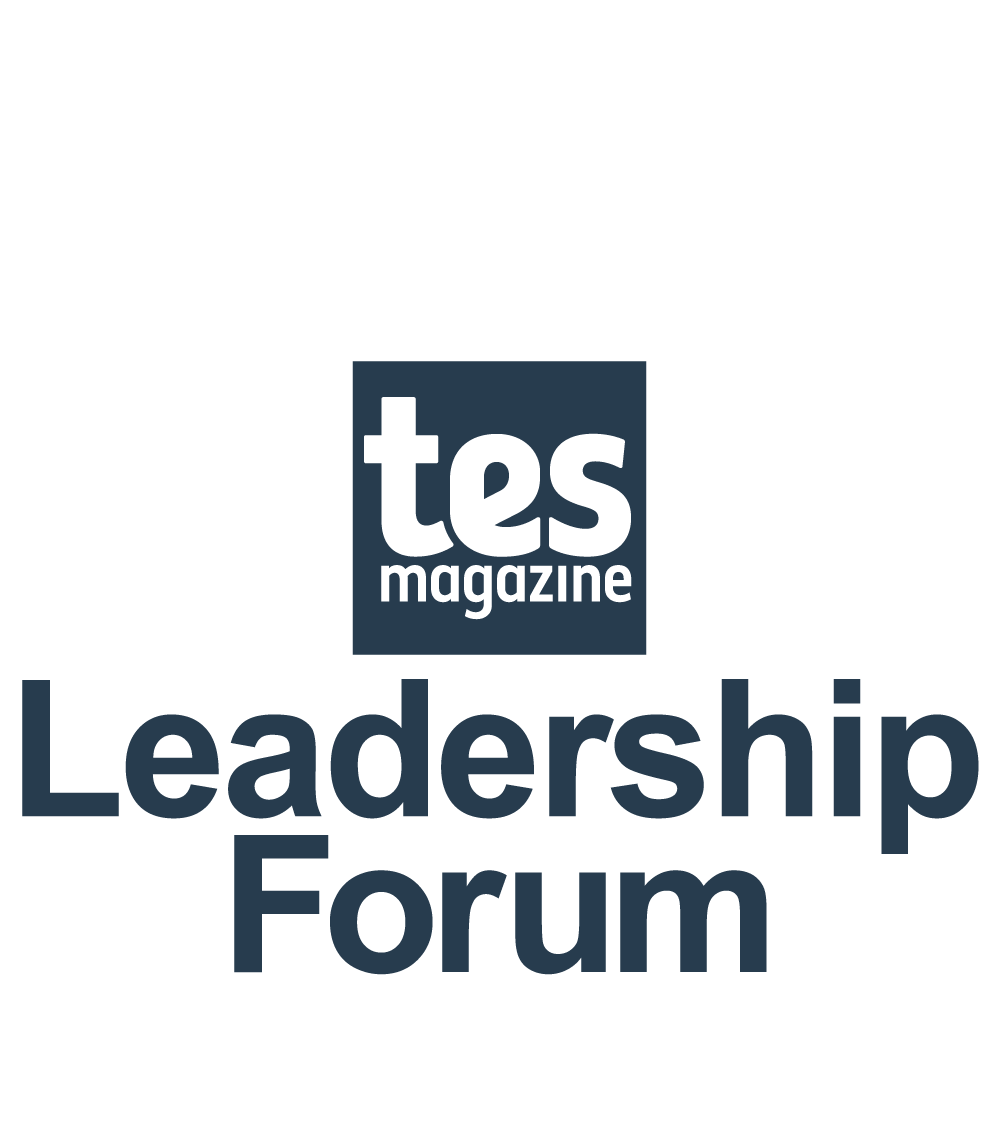- Home
- Leadership
- Tips & Techniques
- Effective communication: tips for middle leaders
Effective communication: tips for middle leaders

Being able to communicate effectively is the cornerstone of good leadership. Without strong communication, you risk your teams feeling confused at best and frustrated, ill-informed and disengaged at worst.
So, what should middle leaders bear in mind when getting in touch with their teams?

The lowdown
Striking the right balance in the amount of communication should be a crucial concern for leaders at all levels: too much risks overwhelming people, while not enough can lead to misunderstandings.
Try to aim for useful, regular engagement that keeps people informed but does not make them worried, sharing information in a clear and concise way that avoids jargon.
But communication isn’t just about formal contact. When communicating informally, you can demonstrate genuine care by listening actively and making the effort to help staff feel comfortable. Fostering open and honest dialogue builds trust.

What we know about what works
Helen Hughes, associate professor and director of the Behaviour Lab at Leeds University Business School (LUBS), says thinking about the most effective mode of communication for the message at hand is vital.
“When a conversation is likely to be difficult, it can be tempting to do it by email, so that the words can be carefully considered and you can prepare your response,” she says.
“But this does run the risk of appearing insensitive, and loses many of the social cues that your team might be looking for in their leader, like signs of empathy.
“That doesn’t mean you shouldn’t do it that way, but give the mode of communication some thought, and whatever mode you choose, always make sure you attend to the questions people have.
“If you run out of time in a meeting, make sure you find time to respond afterwards; people will often remember what you didn’t answer as much as what you did.”
Leaders can experience an unhelpful urge to broadcast “at a distance”, Hughes explains, rather than inviting two-way communication.
That isn’t to say that every decision has to be made by committee; instead, it means creating time and space to listen to concerns so that you can better anticipate problems and empathise with any worries that your team may have. Also key, she adds, is to “try to be authentic when you communicate”.
“It can be difficult if you are communicating something you don’t really believe, but your team will see through platitudes and where your words, actions or expressions don’t match,” Hughes says.
“We use communication to work out who someone is, and to find out the ways in which we are similar to them. This is why serendipitous conversation or ‘water cooler’ moments are so important.
“We also use communication to see and show empathy, and to help nurture a sense of belonging and a feeling of support.”
Crucial to this, Hughes says, is getting to know your team, their personalities and their working styles, and then tailoring your communication accordingly.
For example, some people will need detail and rationale and the opportunity to talk through a decision so that they can really understand the requirement, while others will respond better to precision and brevity in instructions.
There is also value in staying open to the myriad opportunities presented by tech, Hughes adds.
“We are seeing new communication possibilities all the time, and these bring new opportunities.
“For instance, emoticons and emojis can be unprofessional in the wrong context but do have a place in clarifying emotion or sentiment in messages.
“This can be useful in a neurodiverse workforce, where such aspects can be lost in email or other forms of written communication.”
Above all, she says, effective communication is about developing “a culture of trust”, so that the members of your team trust each other’s “integrity and also their competence”.
“People make sense of information in the workplace in the context of prior communication,” Hughes explains.
“So, if they have been told not to worry before and then something bad has happened to them that they were not expecting, they will remember this and may well bring this belief system to their next interaction with you.
“This means it is important not to hide information if you can avoid it, and to be honest when you communicate. If you don’t know the answer to something or the reason why a decision is being made, then say so or try to find out. Or, if you can’t tell them something yet, try to offer some clarity as to when they can expect to find out.”

The experienced leader view
Jon Hutchinson is director of curriculum and teacher development at the Reach Foundation. He writes:
On Monday you’re a military general, on Tuesday a motivational speaker, Wednesday a counsellor, Thursday a project manager and Friday a mate. The communication skills of a middle leader are legion, and some will come more naturally than others.
It may be that you find it easy shooting the breeze in the staffroom but find it harder to share a clear plan for assessment week.
Or maybe you’re meticulous in communicating the organisational aspects of the job but aren’t someone that staff feel safe and comfortable confiding in.
The first thing here is to know thyself: find ways to capitalise on your strengths and mitigate your weaknesses.
Generally speaking, there are two main communication directions for the middle leader: down to your team, and up to SLT. You’ll need to keep your team up to speed and manage the flow of information, as well as giving both formal and informal opportunities to hear from them.
Streamlining as far as possible is a great idea, as so much workload and pain in schools is driven by inefficiencies. You’ll quickly gain a lot of popularity by shaving off 100 ten-minute tasks by putting a proper system in place.
For example, you might share a brief weekly bulletin on a Friday morning with your team for the upcoming week. This can include key reminders, whole-school events, staff activity and upcoming deadlines.
Make it easy to write and quick to read; a standard format and bullet points are your friends here. If you make it a shared document, then your team can also add to it, ensuring that nothing is missed (and putting less pressure on you to add everything).
However - and I say this with all due respect and charity - as with any online communication, it’s worth remembering that people won’t necessarily read it. So, you may want to follow up with a very brief standing meeting in which you check off the various items together.
People may grumble at having to attend a meeting that could have been an email, but it’s easier than having meetings about people not reading emails.
Communicating up is a whole different skill set. As a rule of thumb, go to SLT with solutions rather than problems. You’ll be amazed at how much licence you’re given if you present a clearly articulated challenge to leaders but then immediately follow up with your proposed course of action.
With all of this, keep in mind that the medium is the message. If you communicate last minute, unprepared, vague, flustered, frustrated or confrontational, that’s what people will remember. If you’re a sea of calm, cheerful and charitable, communication will become a treat and not a chore.
You need a Tes subscription to read this article
Subscribe now to read this article and get other subscriber-only content:
- Unlimited access to all Tes magazine content
- Exclusive subscriber-only stories
- Award-winning email newsletters
Already a subscriber? Log in
You need a subscription to read this article
Subscribe now to read this article and get other subscriber-only content, including:
- Unlimited access to all Tes magazine content
- Exclusive subscriber-only stories
- Award-winning email newsletters
topics in this article




